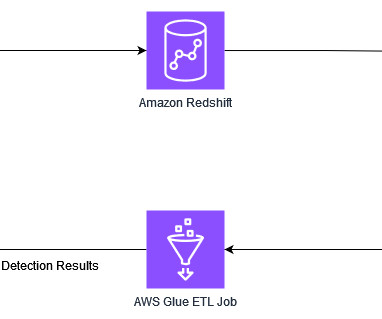Why optimize your warehouse with a data lakehouse strategy
IBM Big Data Hub
APRIL 25, 2023
To do so, Presto and Spark need to readily work with existing and modern data warehouse infrastructures. Now, let’s chat about why data warehouse optimization is a key value of a data lakehouse strategy. To effectively use raw data, it often needs to be curated within a data warehouse.














Let's personalize your content